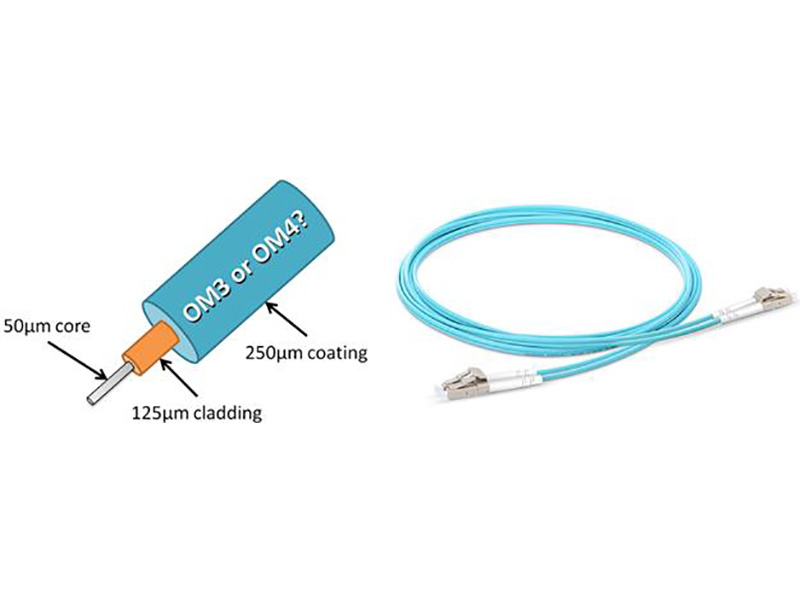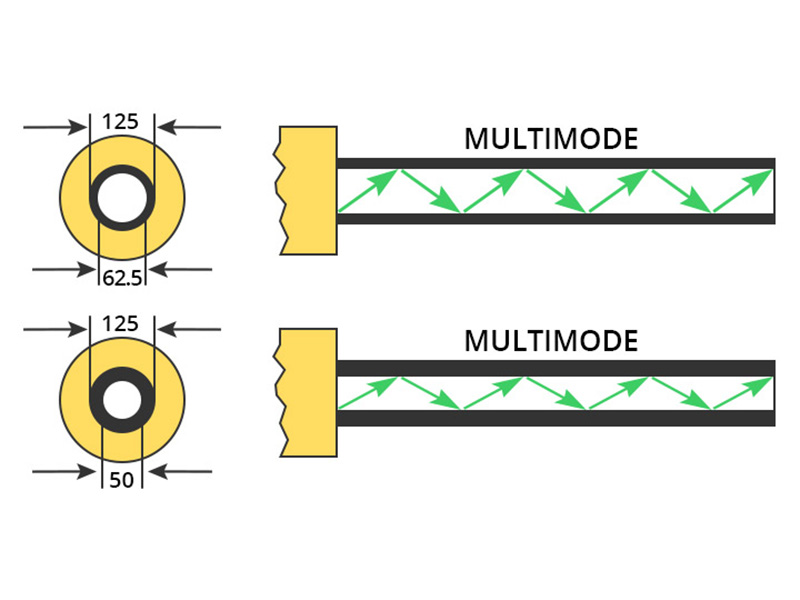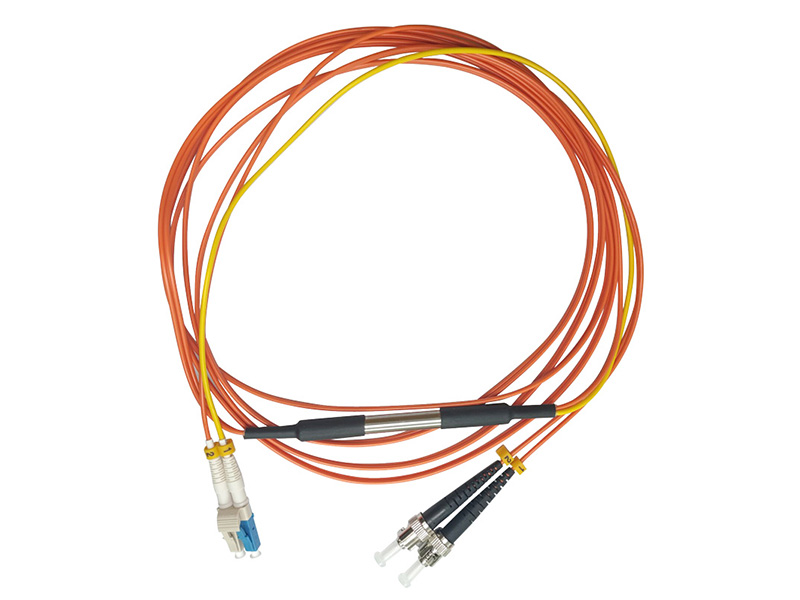-

What’s the Difference: Single Mode vs Multimode Fiber?
An optical fiber is a flexible, transparent fiber made of extruded glass or plastic, slightly thicker than a human hair. Optical fibers are used most often as a means to transmit light between the two ends of the fiber and find wide usage in fiber-optic communications, w...Read more -
The More and More Mature Fiber Optic Cables Transmission Technology
Fiber optic media are any network transmission media that generally use glass, or plastic fiber in some special cases, to transmit network data in the form of light pulses. Within the last decade, optical fiber has become an increasingly popular type of network transmission media as the need for ...Read more -

What’s the Difference: OM3 FIBER vs OM4 FIBER
What’s the Difference: OM3 vs OM4? In fact, the difference between OM3 vs OM4 fiber is just in the construction of the fiber optic cable. The difference in the construction means that OM4 cable has better attenuation and can operate at higher bandwidth than OM3. What is ...Read more -

What are OM1, OM2, OM3 and OM4 Fiber?
There are different types of fiber optic cable. Some types are single-mode, and some types are multimode. Multimode fibers are described by their core and cladding diameters. Usually the diameter of the multimode fiber is either 50/125 µm or 62.5/125 µm. At present, ther...Read more -

Do You Know About Mode Conditioning Patch Cord?
The great demand for increased bandwidth has prompted the release of the 802.3z standard (IEEE) for Gigabit Ethernet over optical fiber. As we all know, 1000BASE-LX transceiver modules can only operate on single-mode fibers. However, this may pose a problem if an existin...Read more





